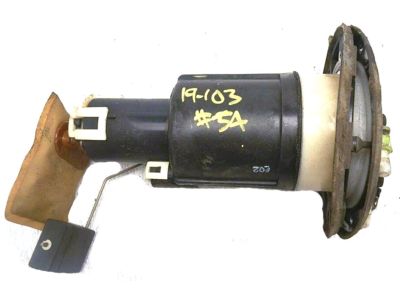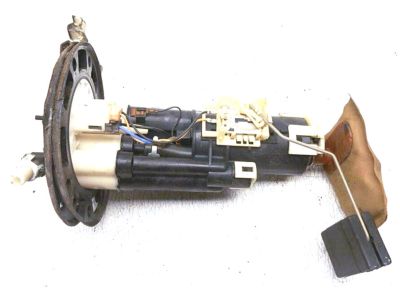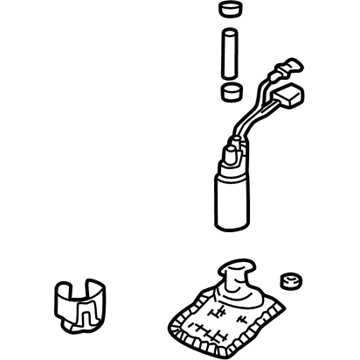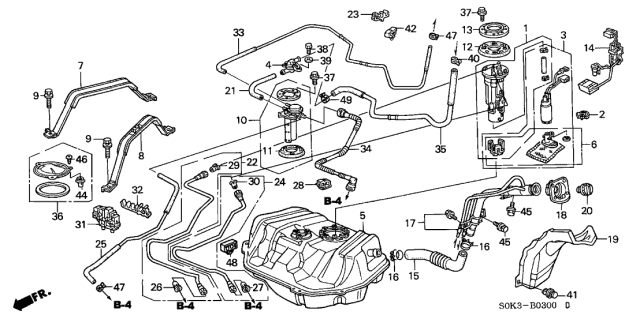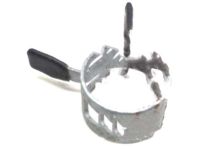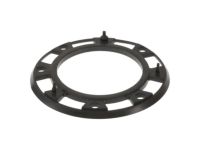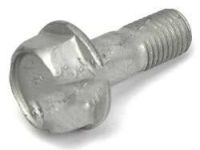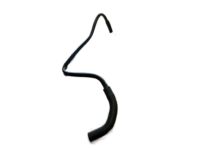For dependable performance, buy part # 17040-S3M-A00 Fuel Pump Set. Also known as Fuel Pump, Fuel Sending Unit. In terms of quality and durability, OEM components set the standard. They are produced at the Acura factory and subjected to a quality assurance routine. This part fits 2001-2003 CL, 2002-2003 TL.
AcuraPartsWarehouse.com is a major online store of original Acura parts and accessories, including 17040S3MA00 Fuel Pump Set. At our site, we are offering you brand new OEM Acura equipment. We stock a broad selection of genuine parts at competitive prices. When you are in need of quality, reliability, and durability, and want something cost-effective in combination, this is the part you need. Our components are all warranted by the manufacturer for your peace of mind.

